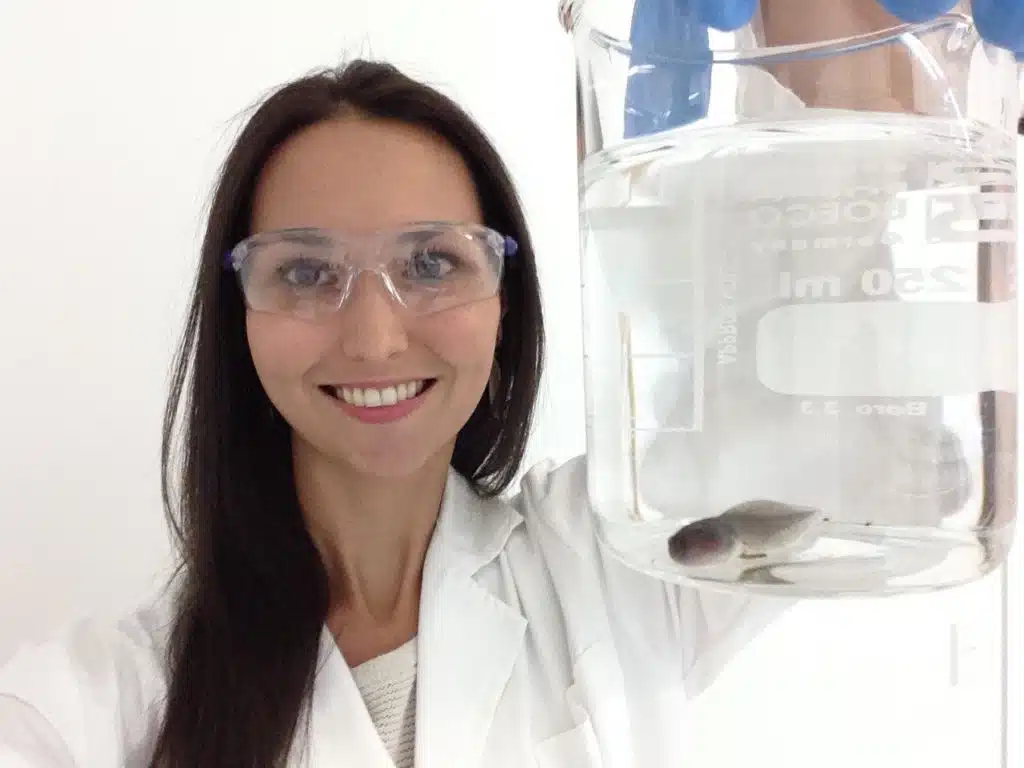Peering inside the body of tadpoles to understand the impacts of elemental contaminants
Human activities, such as mining and agriculture, release a large number and amount of heavy metals and other toxic elements that can harm wildlife into our waterways.
Chantal Lanctot’s (Griffith University) research looks at how these contaminants accumulate in and impact native frogs. Chantal used new technologies to precisely measure and visualise the chemicals within the animals.
The team found that tadpoles accumulate several potentially toxic elements that can remain, and even be concentrated, in specific tissues as the tadpoles change into adult frogs.
For example, the element selenium can be toxic when concentrated. Their research found that selenium concentrates in the lenses of frogs’ eyes, which could potentially lead to cataracts and other deformities.
As several frog populations are declining globally, with almost a third of species threatened worldwide, unraveling how and where chemicals are accumulated is the first step towards understanding toxicity and ultimately working to improve the conservation of these sensitive animals.





 Fresh Science is on hold for 2022. We will be back in 2023.
Fresh Science is on hold for 2022. We will be back in 2023.